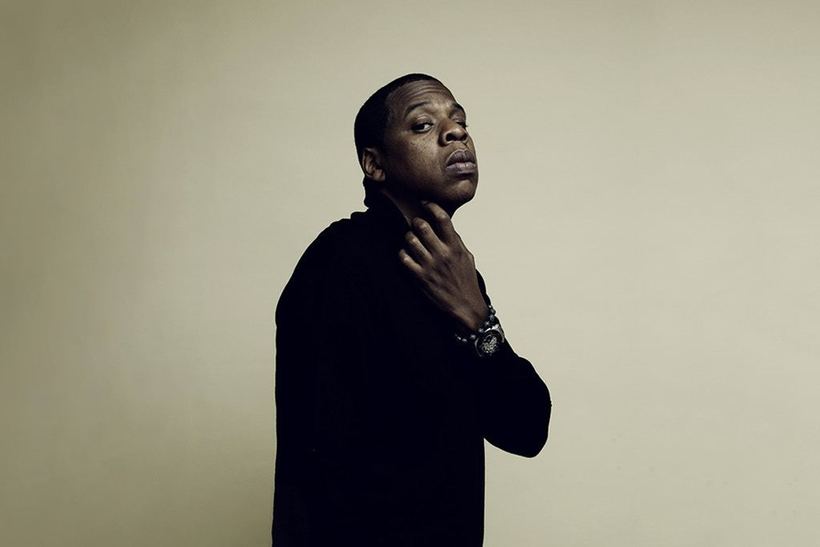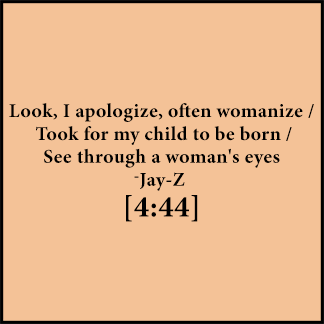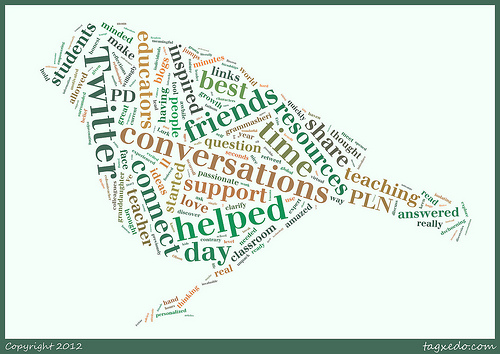Hip-Hop legend and icon Jay-Z released his 13th studio album, 4:44, and it has been a hot topic of conversation ever since. Jay-Z who claims to have retired from releasing new music after the release of The Black Album, has now dropped four studio albums since his “official” bow out in 2003. His new album, 4:44, arguably proves to be his most personal and transparent album to date. Jay-Z, entrepreneur and arguably the best rapper of all time, is worth $810 million, has sold over 55 million albums, has the most number one albums of any solo artist (13 albums), and is the first Hip-Hop artist to be inducted into the Songwriters Hall of Fame. When considering his long list of accomplishments in music, one can only assume that we have heard all of Jay-Z’s experiences.
Hip-Hop is widely considered a young genre of music where the youth are known to push the boundaries of the genre and start new trends. With Jay-Z releasing his 13th studio album at the age of 47, many critics and fans were wary of the subject matter and his ability to connect with the masses and youth through his music. Jay-Z did just that. 4:44, is a landmark body of work for both Jay-Z, the Hip-Hop community, and urban educators. This album reveals a man who is idolized by the community, is a veteran in the Hip-Hop game, has made mistakes and ultimately, wants the best for his family and community. Jay-Z wore his heart on his sleeve while recording 4:44, and there are many gems for urban educators as it relates to teaching and learning.
In urban education, studies demonstrate that youth who populate urban schools identify as part of the Hip-Hop generation. Therefore, it is critical for educators, who serve students in these spaces, to be privy and up to date on the advances made in Hip-Hop, but also their implications to improve teaching and learning in urban classrooms. While Jay-Z released a personal body of work, his recent release pushed Hip-Hop culture forward, and there are many takeaways for urban educators.
Raising the Critical Consciousness of Urban Youth
Critical consciousness is a term coined by Paulo Freire, a Brazilian educator, and philosopher. In his work, Freire explains the notion of “conscientization,” which is “a process that invites learners to engage the world and others critically.” It is important for educators to be critical of traditional educational systems, which encourage and allows teachers to mainly disseminate content to students who are expected to passively memorize and repeat. Knowledge, therefore, becomes a demand from the teacher conferred to the student, rather than affording students the opportunity to analyze and be critical of content as to come to their own understandings and conclusions. Gloria Ladson-Billings also draws from Freire’s notion of critical consciousness as she explains that in the culturally relevant classrooms, students are expected to “engage the world and others critically.” Jay-Z does just this across the entire album, most notably on the second track “The Story of OJ,” where Jay-Z samples Nina Simone’s song “Four Women,” he raps,
Light jigga, dark jigga, faux jigga real jigga / Rich jigga, poor jigga, house jigga, field jigga / Still jigga, still jigga
Here Jay-Z is highlighting and being critical of socioeconomic issues and colorism within the Black community. He suggests that the differences in complexion among people of color are distractions that cause separation within the community. Regardless of the socioeconomic status and the various complexions of people of color, it important to be critically conscious of the experiences that all people of color face in this country every day, and learn to work together in improving these experiences. While Jay-Z recognizes the importance of critical consciousness, it is imperative that educators provide a space within the classroom for students to be critical of the world around them.
Vulnerability of the Educator
Many preservice teachers are told that in order to be an effective educator they must be able to control every student and every aspect of the classroom. They’re told not to smile until November and do not share any personal stories with students. When preparing teachers to engage with young people in classrooms, the common narrative that is shared is not to be vulnerable, as vulnerability is weakness. On the album titled song, “4:44,” Jay-Z is the most vulnerable that he has ever been and shares that it is the best song that he has written. In the song “4:44,” Jay-Z eludes to his infidelity and uses this song to demonstrate his vulnerability and reflections on his actions that affected his family. Jay-Z raps,
And if my children knew, I don’t even know what I would do / If they ain’t look at me the same / I would probably die with all the shame / “You did what with who?”
Jay-Z, an icon, who from his public persona seems to be the epitome of success shares with the world that he too has made mistakes, which took a level of vulnerability and self-reflection to achieve. As educators, it is important to build positive and authentic relationships with our students. In order to be able to build these relationships, we must be vulnerable with our students. We must demonstrate to our students that we make mistakes. We must apologize to students when we are wrong, and we must admit that we ultimately do not know it all. But within these moments of vulnerability are lessons for both educators and students to reflect on why they were wrong and to find the answer to a question they may not have known. Vulnerability is not a weakness, it becomes an asset for both students and educators to build a community of trust, and so forth opens learning opportunities for both.
While preparing teachers for the classroom, I always ask preservice teachers what influences them to pursue a career in education. Most teachers arrive in the field of education because of an educator who inspired them. One who encouraged them to fall in love with the content and empowered them to do same with their future students. In his song “Legacy,” Jay-Z raps about the importance of leaving a legacy and building generational wealth. He raps,
My stake in Roc Nation should go to you / Leave a piece for your siblings to give to their children too
Jay-Z shared the importance of people of color purposefully planning for future generations within their families with the goal of leaving a positive impact on the family’s legacy. As educators who are committed to youth in urban spaces, we must also consider how can we positively influence students to create their own legacies. As educators, we must also assess the legacies we are building and be more mindful about what legacy we want to leave in our institutions. How do we want to be remembered?
Overall, Jay-Z’s 4:44 album is one that will be known for pushing boundaries in Hip-Hop culture, as there are many takeaways for the Black community that urban educators can glean insight from.







